Contagion with Rotaviruses leads to serious gastrointestinal problems. It mainly affects young children and babies and is highly contagious. The transmission takes place in the form of a smear infection.
What are rotaviruses?
Rotaviruses are not limited to individual regions. They occur worldwide. 9 out of 10 children will suffer from the disease at some point in their lives. The virus is infected via smear infection. The infection thus also results from contact with surfaces and food that are contaminated by the virus. Direct contact with a sick person is therefore not a necessary requirement.
The rotaviruses survive without a host for a long period of time. In the case of indirect contact infection, healthy people touch a contaminated object and become sick in this way. A direct contact infection exists, for example, by shaking hands. The germs are excreted with the stool and thus reach the body surface. The decisive factor for infection is usually poor hygiene, in which the pathogens manage to contaminate surfaces and hands and pass the disease on in this way.
The size of the Rota virus is 76 nm. It has no envelope. The virus was first discovered in a mouse in the 1950s. People can be infected with three species of rotavirus and their subtypes. The relevant rotaviruses are summarized under the term human rotaviruses. Their round appearance is what gives the rotaviruses their name. This is based on the Latin word "rota", which can be translated as a wheel.
Occurrence, Distribution & Properties
On average, rotaviruses cause symptoms of diarrhea in infants and young children in 7 out of 10 cases. There are different types of pathogens. A total of seven serogroups are differentiated.
The serogroup A most frequently results in an intestinal disease worldwide. The infection can be fatal in many countries with little medical care. It is estimated that around 100 million children worldwide become infected with rotavirus every year. Around 350,000 to 600,000 affected children under the age of 5 do not survive the course of the disease.
In Germany, the majority of patients are adolescents between 6 months and 2 years of age. It is also possible for adults to develop rotavirus. The infection then usually takes place via an infected child.
Older people from around 60 years of age are particularly at risk, as the immune system becomes weaker as they age. In this country, there is an obligation to report a disease caused by rotaviruses. In 2013, 48,000 people officially suffered from the apparitions. The real number, however, is estimated to be much higher.
Meaning & function
After the initial infection, the organism forms antibodies so that infection with the same pathogen is no longer possible. In adults, for example, rotavirus makes itself felt as part of traveler's diarrhea. About 20 percent of all traveler's diarrhea can be traced back to rotaviruses.
Rotaviruses cause various symptoms and ailments in the human body. Infected people suffer from watery diarrhea, abdominal pain, vomiting, nausea and fever. The course cannot be generalized. While some may only have mild diarrhea, it can be particularly severe in babies and young children.
The decisive factor for the more severe course in young patients is their immune system, which is not yet fully developed. How dangerous the virus can be for children is shown by the deaths in countries with poor medical care. If symptoms such as diarrhea and vomiting persist, children should always be brought to the doctor.
The specific complaints can already indicate a rotavirus. A stool examination is usually ordered to verify the suspicion. In the laboratory, the germs can be detected in human excretions. The incubation period varies between one and three days.After that, diarrhea, vomiting and abdominal pain become noticeable. The disease is usually over after about six days. Nevertheless, those affected continue to excrete the virus in the stool, which means that the risk of infection persists for a few days longer. A special therapy to treat the rotavirus is not necessary.
Illnesses & ailments
Infection with a rotavirus becomes dangerous when vomiting and diarrhea lead to fluid loss. This can result in further health hazards, especially for children and the elderly. Without adequate compensation for the loss of fluid, the sick can dehydrate. The first signs are thirst, restlessness and irritability, a dry tongue and mucous membranes, confusion, sunken eyes and poor urine output. In order to counteract the impending complications, the sick person should be encouraged to drink regularly.
In the case of severe diarrhea and vomiting, it is sometimes not possible to retain the fluid. In such a case it may be necessary to give an infusion. This is used in hospitals and mainly affects children.
Furthermore, attention should be paid to the uptake of electrolytes, which are largely eliminated from the body via vomiting and diarrhea. However, especially with infants and small children, cola should not be given (a popular remedy for diarrhea with some). The contained sugar increases the water release in the organism. Cola also promotes the loss of potassium.
With sufficient fluid and electrolyte intake, no further complications due to rotavirus infection are to be expected. Although this can take on uncomfortable proportions, due to the good supply of clean water and medicines in this country, it only very rarely results in the death of the person concerned.

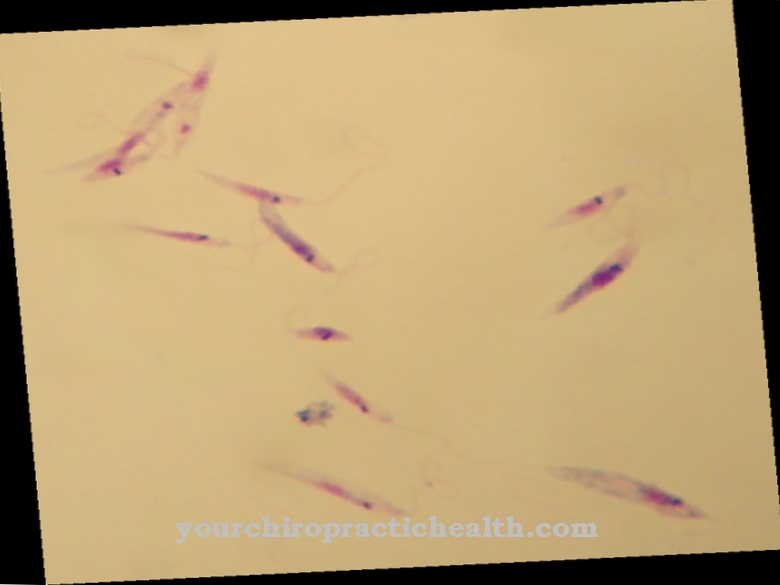
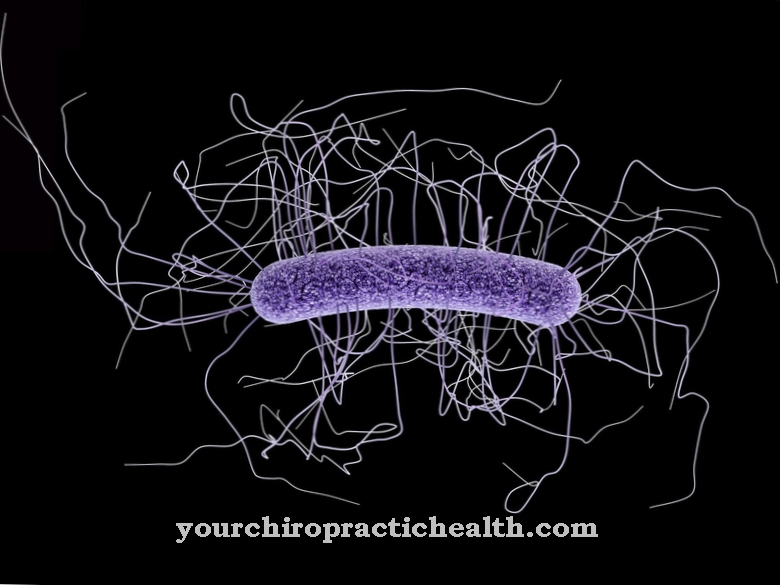






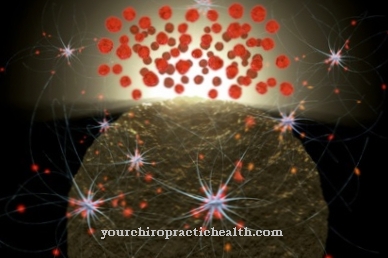

.jpg)


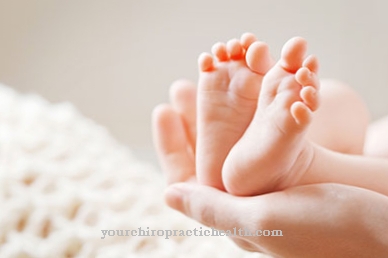
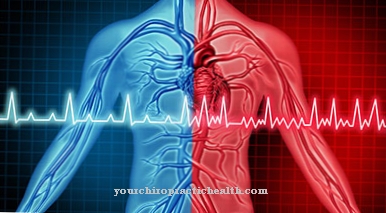


.jpg)

.jpg)
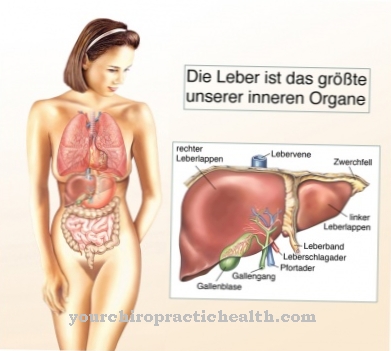

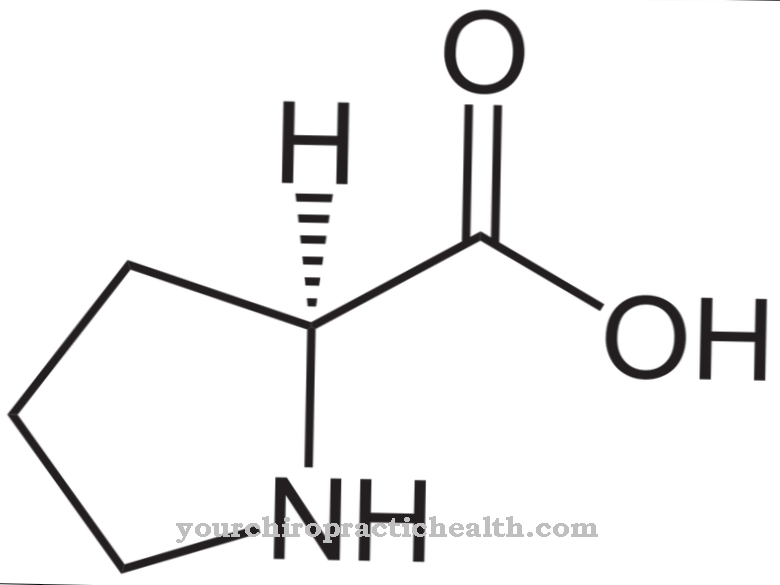

.jpg)

